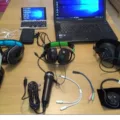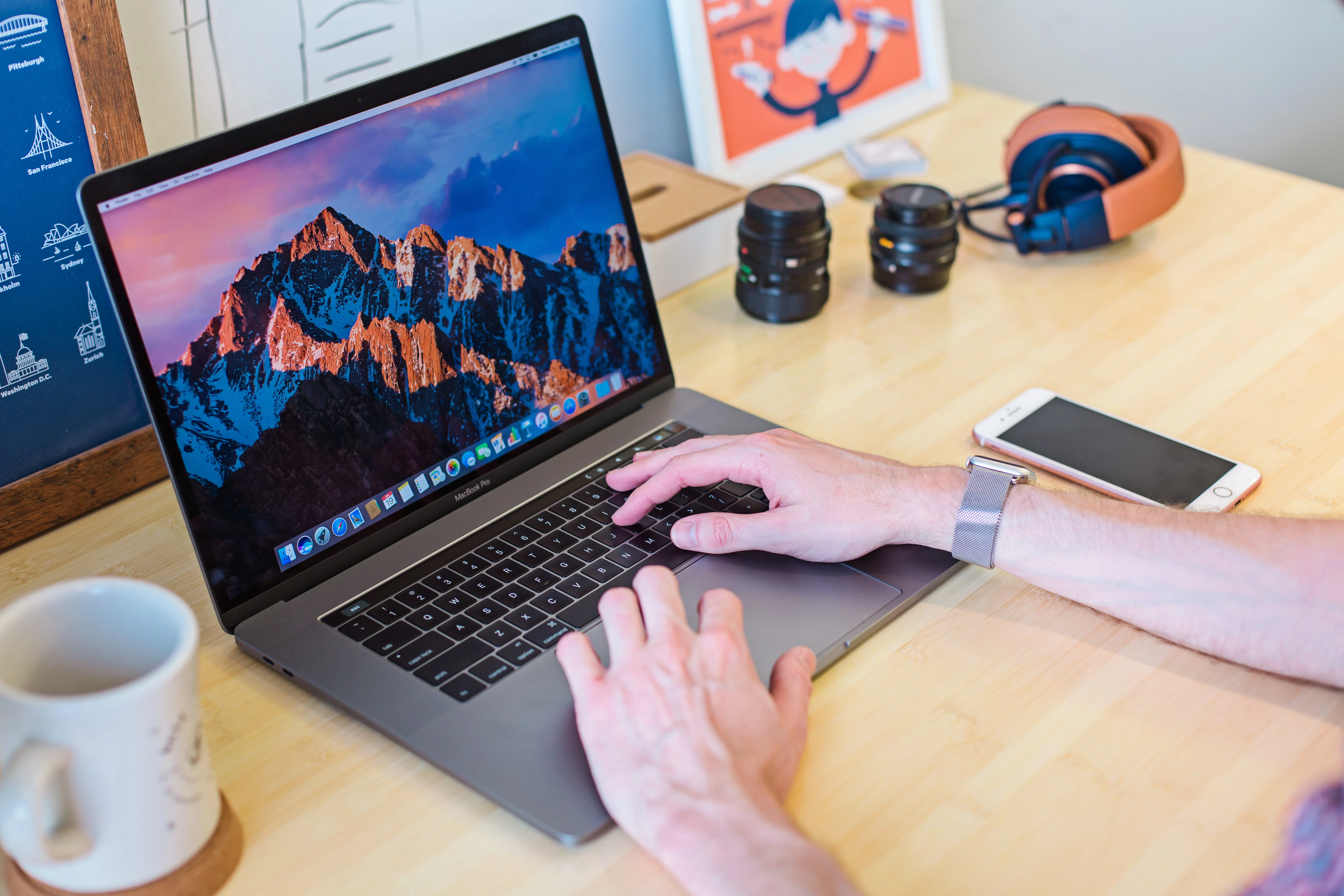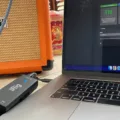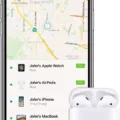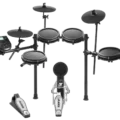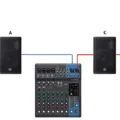Bluetooth mice are a great way to work wirelessly on your Mac computer. They provide the convenience of a wireless mouse without the hassle of dealing with cables and cords. Connecting a Bluetooth mouse is easy, and only takes a few steps.
First, make sure that your Mac computer is compatible with Bluetooth mice. Most newer Macs come with built-in Bluetooth connectivity, whle older models may require an external adapter to be installed. Once you’ve confirmed compatibility, turn on your Bluetooth mouse and make sure it is in pairing mode.
Next, open up System Preferences on your Mac and select the “Bluetooth” option. After selecting this, you shuld see a list of available devices that are in range for pairing. Your Bluetooth mouse should show up in this list as “mousename Mouse” or something similar. Select the device name to begin pairing it with your Mac.
You may be prompted to enter a passcode duing this process; if so, look for one on the bottom of your mouse or check the documentation that came with it. Enter the correct passcode and click “Connect” to finish setting up your Bluetooth mouse.
Once connected, you can use your mouse like any other wired or wireless device on your Mac computer! You can adjust settings like sensitivity and scrolling speed in System Preferences as desired, or customize how buttons are mapped by downloading third-party software such as SteerMouse or USB Overdrive.
Using a Bluetooth mouse is an easy way to cut down on cable clutter while sill enjoying all the features of a traditional wired mouse. With just a few simple steps, you can quickly get up and running with one today!
Troubleshooting a Bluetooth Mouse Connection on Mac
If your Bluetooth mouse is not connecting to your Mac, it could be because of several reasons. Firstly, make sure that your mouse is charged and the batteries are new. Then, go to System Preferences > Bluetooth, and toggle Bluetooth off and then on again. If that doesn’t work, try unpairing and pairing your wireless mouse with macOS again. Lastly, check to make sure that you don’t have any other devices connected to the same Bluetooth network as your mouse. If none of these steps work, it’s posible that the issue lies in hardware or software incompatibility with your Mac.
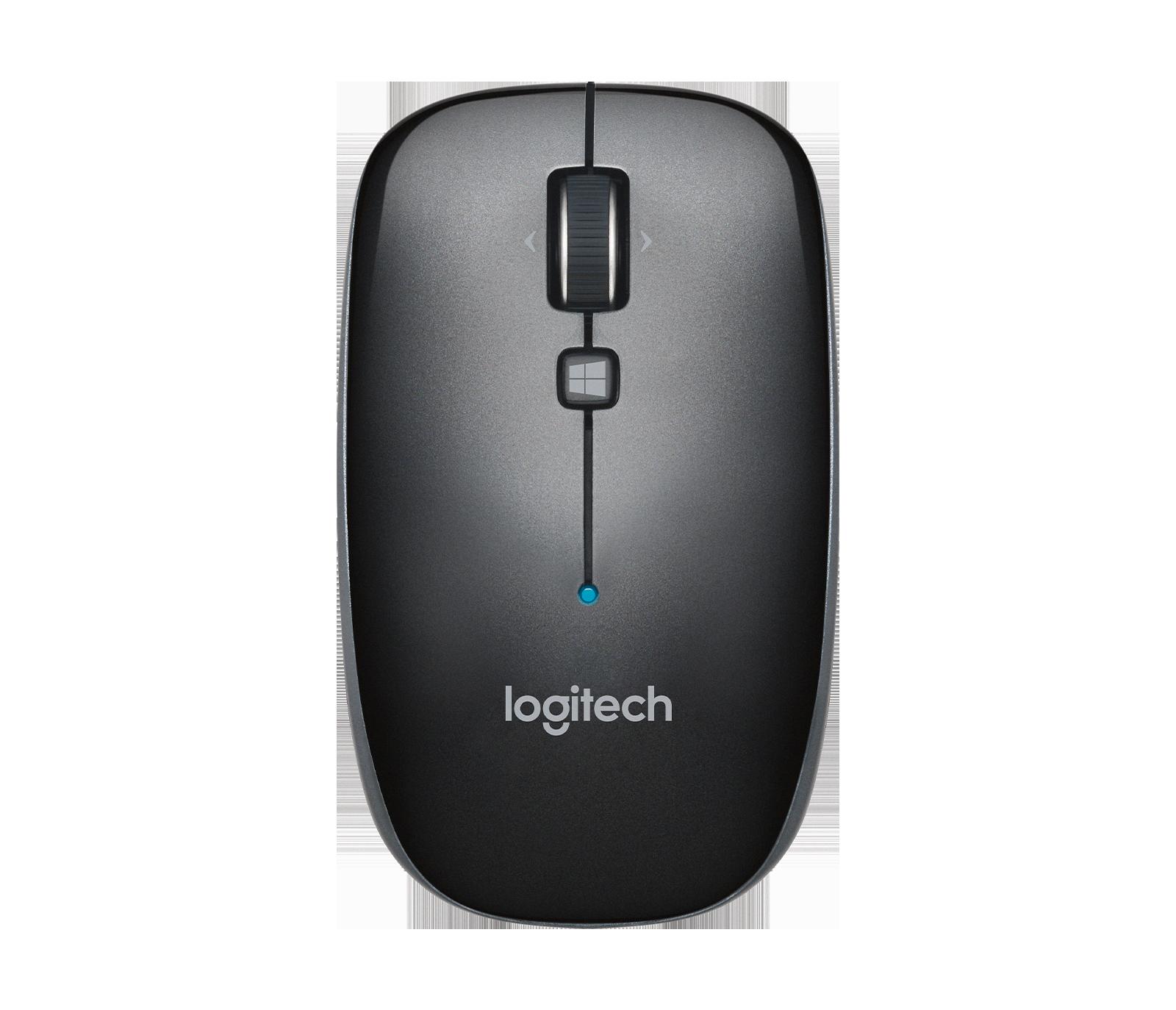
Source: logitech.com
Connecting a Bluetooth Mouse to a Mac Without a Mouse
First, you need to enable Bluetooth on your Mac. To do this, hold the Command (?) key then press the spacebar to open Spotlight Search. Type Bluetooth then use your keyboard’s arrow keys to highlight Bluetooth File Exchange. Press the enter or return key to open it. Your Mac will recognize Bluetooth is disabled and ask if you want to reenable it.
Once you have enabled Bluetooth, put your mouse into pairing mode by pressing the pairing button on the bottom of the mouse. On your Mac, open System Preferences and select Bluetooth. Your mouse should appear in the list of available devices – click on it and then click Connect.
Your mouse should now be connected and ready to use!
Connecting an Apple Mouse to a Mac Without a Mouse
To connect an Apple mouse to your Mac without using a mouse, you will need to use Bluetooth. First, make sure that your Mac and the mouse are both turned on and within range of each other. Then, open System Preferences from the Apple menu, select Bluetooth, and click the + icon at the bottom of the window. Your Mac shuld now be searching for nearby Bluetooth devices. Select your mouse from the list of available devices and click Connect. Once connected, you should be able to use your mouse with your Mac.
Connecting a Wireless Mouse to a Mac
To get your wireless mouse working on your Mac, first open System Preferences from the Dock and then click the Bluetooth button. Turn Bluetooth On and then click the Set Up a New Device button. Next, power on the mouse and hold it a few inches from your Mac. After a few seconds, your mouse should appear in the list of Bluetooth devices. Click Continue to finish the pairing process and you’ll be all set!
Troubleshooting Bluetooth Device Connection Issues
There are a few reasons why Bluetooth might not be finding devices. First, make sure that the device you are trying to pair with is within range; if it is too far away, the signal will not be strong enough for your device to detect it. Additionally, make sure that both devices have Bluetooth enabled and that their visibility settings are set to visible or discoverable. Finally, check to see if both devices have been updated to the latest version of their respective operating systems; if not, updating may help resolve any incompatibility issues.
Making a Wireless Mouse Discoverable
In order to make your wireless mouse discoverable, you will need to press and hold the pair button on the bottom of the mouse for about 5 seconds, until the LED light starts to flash. After that, you can go to your Windows 10 PC and select Connect if a notification appears for your mouse. Wait a few moments for it to complete setting up and you shuld be all set!
Can I Use a Bluetooth Mouse With My Mac?
Yes, you can use any Bluetooth mouse with a Mac. The Bluetooth connection allows you to use the mouse without any additional cords or dongles, and the mouse will work just as it would on a Windows machine. You’ll be able to click, right-click, and scroll using the mouse wheel. To get started, make sure your Mac is in discoverable mode (look for a Bluetooth logo in the menu bar), then press the pairing button on your mouse – this will allow your Mac to connect to it. Once connected, the mouse will be ready to use!
Connecting Magic Mouse to iMac Without Mouse or Keyboard
To connect your Magic Mouse to your iMac wthout a mouse or keyboard, you need to use the built-in Bluetooth technology.
First, make sure that your iMac is powered on and the Bluetooth feature is enabled. To do this, go to the Apple Menu in the upper left corner, select System Preferences and click on the Bluetooth icon. Make sure that the box next to ‘Show Bluetooth status in menu bar’ is checked.
Next, you need to put your Magic Mouse into pairing mode. To do this, turn it off (by pressing and holding its power button for a few seconds) and then press and hold its power button agin until a green light begins flashing.
Once both devices are ready for pairing, open up the Bluetooth menu bar item by clicking on it in the menu bar of your Mac. You should see an entry for ‘Magic Mouse’. Click on it and follow any further instructions that appear to complete the pairing process.
Once completed, you will now be able to use your Magic Mouse with your iMac withot a mouse or keyboard!
Activating Bluetooth on a Mac Without a Mouse or Keyboard
To turn on Bluetooth on your Mac withut a mouse or keyboard, you will first need to open the System Preferences. To do this, click on the Apple logo in the top left corner of your Mac’s screen, then select ‘System Preferences’. In the System Preferences window, select ‘Bluetooth’ and make sure it is set to ‘On’. If Bluetooth is already set to ‘On’, you can skip this step. Once Bluetooth is enabled, you will be able to connect any compatible devices to your Mac.
Logging Into a Mac Without a Mouse
You can login to your Mac without a mouse by using two keyboard shortcuts. First, press and hold down Control+Option+F2 on your keyboard. Then, press the keys twice rapidly and you should hear the Window Chooser. Use the up and down arrow keys to navigate to the Login window, then press Enter. Once you’ve done this, you can use Control+Option+Left or Right arrow keys to cycle through user accounts until you find yours. Finally, type in your password and press Return or Enter on the keyboard to log in.
Troubleshooting USB Mouse Issues on Mac
If your USB mouse is not working on your Mac, it’s possible that the USB port is faulty or the mouse may have lost its connection. To troubleshoot this issue, try plugging the mouse into a different USB port and make sure the ports are not dusty or blocked by other devices. Additionally, if you are using a wireless mouse, check to see if the batteries are charged and properly connected. If none of these solutions work, you may need to replace your mouse or contact Apple support for further assistance.
Troubleshooting a Non-Functioning Wireless Mouse
It’s possible that your wireless mouse is not working because the batteries are either worn out or installed incorrectly. To check this, make sure that the batteries are fresh and inserted into the mouse correctly. If they are, you should also see a red light emitting from the bottom of your mouse when it is powered on, indicating that it is receiving power. If neither of these scenarios apply, then there may be an issue with your wireless receiver. Try plugging it into a different USB port and see if that helps.
Adding a Mouse to a Macbook
To add a mouse to your Macbook, first ensure that the mouse is within range of your Mac and turned on. Then go to the Apple menu in the top-left corner of the screen and select System Preferences. In System Preferences, click on the Bluetooth icon, then select Turn Bluetooth On if it isn’t alrady enabled. Wait for your mouse to appear in the list, then select it to pair it with your Macbook. Once connected, you can use your mouse to navigate around your Macbook!
Adding a Bluetooth Device Manually to a Mac
To manually add a Bluetooth device to your Mac, you’ll need to open the System Preferences. Click on the Apple menu in the top left corner of your screen and select System Preferences. Once there, click on the Bluetooth icon. In the Bluetooth window, click on the “+” button in the bottom left corner and then select your device from the list that appears. Finally, click Connect and if prompted, click Accept or enter a series of numbers before pressing Enter.
Forcing a Bluetooth Device to Pair
To force a Bluetooth device to pair, you’ll first need to make sure it’s turned on and in range. Next, open the settings on your device and go to the Bluetooth page. Here you’ll be able to see any available Bluetooth devices. Select the one you want to pair with and hold down the Bluetooth key at the top until it starts up. Once it’s started up, you may need to turn it on again if necessary. You should then see a message apear confirming that your device is now paired with your Bluetooth device.
Location of the Pair Button on a Wireless Mouse
The pair button on a wireless mouse is usualy located on the bottom of the mouse. In some instances, you may need to use a paperclip or thin instrument to press the pair button. Once you press the pair button, the wireless mouse will attempt to connect to its receiver, and once it is connected, you will be able to use it on your PC or Mac. Not all wireless mouses have a pair button.
Do Wireless Mice Work With Mac Computers?
Yes, all wireless mice should work with Macs. Most modern wireless mice use Bluetooth technology, which is universally supported by Mac devices. There are also some models which use proprietary wireless connections and may require a dongle or USB receiver to be plugged into your Mac in order to communicate with the mouse. Additionally, many manufacturers offer dedicated Mac versions of their wireless mouse models which come bundled with the required driver software and are designed to provde optimal performance on macOS.
Connecting a Wireless Mouse Without USB Receiver
Connecting a wireless mouse without a USB receiver can be done by using Bluetooth technology. First, make sure the mouse is in pairing mode and that your computer has Bluetooth capability. Then, press and hold the Connect button on the bottom of the mouse. On your computer, open the Bluetooth software and click the Devices tab, then click Add. Follow the instructions that apear on screen to complete the connection. Once connected, you should be able to use your wireless mouse with your computer without needing a USB receiver.
Using a Keyboard as a Mouse
To use your keyboard as a mouse, you’ll need to enable the Mouse Keys feature on your Mac. To do this, open the Accessibility panel from the Apple menu, then use the up and down arrow keys to select Mouse Keys in the Pointing & Clicking section. Press Enter to switch the Mouse Keys switch to on. Make sure that Num Lock is turned off.
Once this is done, you can move the mouse pointer by using the numeric keypad (not the numbers at the top of your keyboard). The keypad’s 8, 4, 6 and 2 keys move it up, left, rght and down respectively; use 5 to click. You can also adjust its speed and acceleration settings in Accessibility’s Pointing & Clicking section.
Using a Non-Apple Mouse with a Mac
Yes, you can use a non-Apple mouse on a Mac. Modern Macs are compatible with nearly all USB and Bluetooth devices, so it should be straightforward to find a compatible mouse. Even if the device is sold and marketed for Windows, it will likey work on your Mac with basic features such as cursor tracking, button clicking, and wheel scrolling.
Getting Mac to Recognize USB Device
To get your Mac to recognize a USB device, you’ll need to ensure that the device is compatible with your Mac’s operating system. Once you’ve established that, you’ll need to plug the device into an available USB port on your Mac. After doing this, wait a few seconds before your Mac should recognize the device and install any necessary drivers. You can check if the device has been recognized by opening System Information and looking for it under the USB section of the Hardware tab. If it isn’t listed, try unplugging and replugging the device or restarting your computer.
Verifying a Wireless Mouse Connection
To know if your wireless mouse is connected, first make sure the receiver is plugged into a USB port on your computer. Then turn on the mouse and wait to see if the cursor begins to move on-screen. If it does, your mouse is connected. If not, try turning it off and then back on, or switch the USB port into which the receiver is plugged.
Connecting a USB Mouse
To connect your USB mouse to your laptop, first verify that the mouse is compatible with your laptop model. Then, plug the mouse’s USB cable into the matching port on the side of your laptop. Next, restart your computer while the mouse is connected. Finally, move your mouse a few times to confirm that the cursor responds and that the connection was successful.
Conclusion
The Bluetooth Mouse is a great device for any user who is looking for a reliable, wireless mouse. It has the convenience of a wireless mouse but with the added bonus of beng able to communicate via Bluetooth. This makes it perfect for users who need to connect to multiple devices or want to reduce the amount of cords and clutter on their desks. With its ergonomic design, it provides comfortable and accurate cursor control, making it ideal for gaming or general office use. Additionally, its battery life is long-lasting and can be recharged easily with any USB port or power adapter. Overall, the Bluetooth Mouse is an excellent choice for anyone who wants a reliable and convenient solution to their computer needs.


